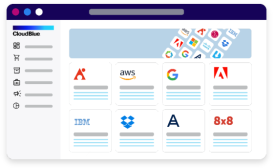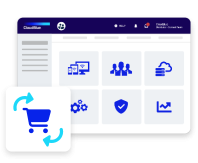Cloud visibility refers to the ability of businesses to monitor, track, and gain insights into their cloud infrastructure, resources, and data. As more companies move their operations to the cloud, having clear visibility into these environments becomes essential for managing performance, ensuring security, and optimizing costs. With cloud visibility tools, businesses can see what’s happening across their cloud assets in real-time, which helps them make informed decisions and maintain a healthy, well-functioning system.
One of the key benefits of cloud visibility is that it enables businesses to pinpoint inefficiencies or security vulnerabilities quickly. When organizations have a clear view of their cloud environment, they can act on potential issues before they become critical. This kind of oversight is especially valuable for companies that rely on multiple cloud services or use hybrid cloud models.
Cloud visibility tools often provide detailed reporting, dashboards, and alerts that help IT teams stay on top of cloud activity. Whether it’s monitoring resource usage, identifying cost-saving opportunities, or tracking compliance, having a centralized view of all cloud operations is crucial for long-term success.
Here are some reasons cloud visibility matters:
- Performance monitoring: Cloud visibility allows businesses to keep an eye on the performance of their cloud resources, ensuring they meet operational demands.
- Cost optimization: By monitoring cloud usage in real-time, businesses can identify areas where they’re over-spending and make adjustments to save costs.
- Security management: With cloud visibility, companies can quickly detect and respond to security threats or breaches, minimizing damage.
- Compliance tracking: It helps businesses stay compliant with industry regulations by providing detailed insights into cloud activity and data handling.
- Resource allocation: Businesses can better allocate their cloud resources to avoid over or under-provisioning, maximizing efficiency.
Cloud visibility is a critical part of managing cloud-based operations, giving businesses the clarity they need to run their systems smoothly and securely.













